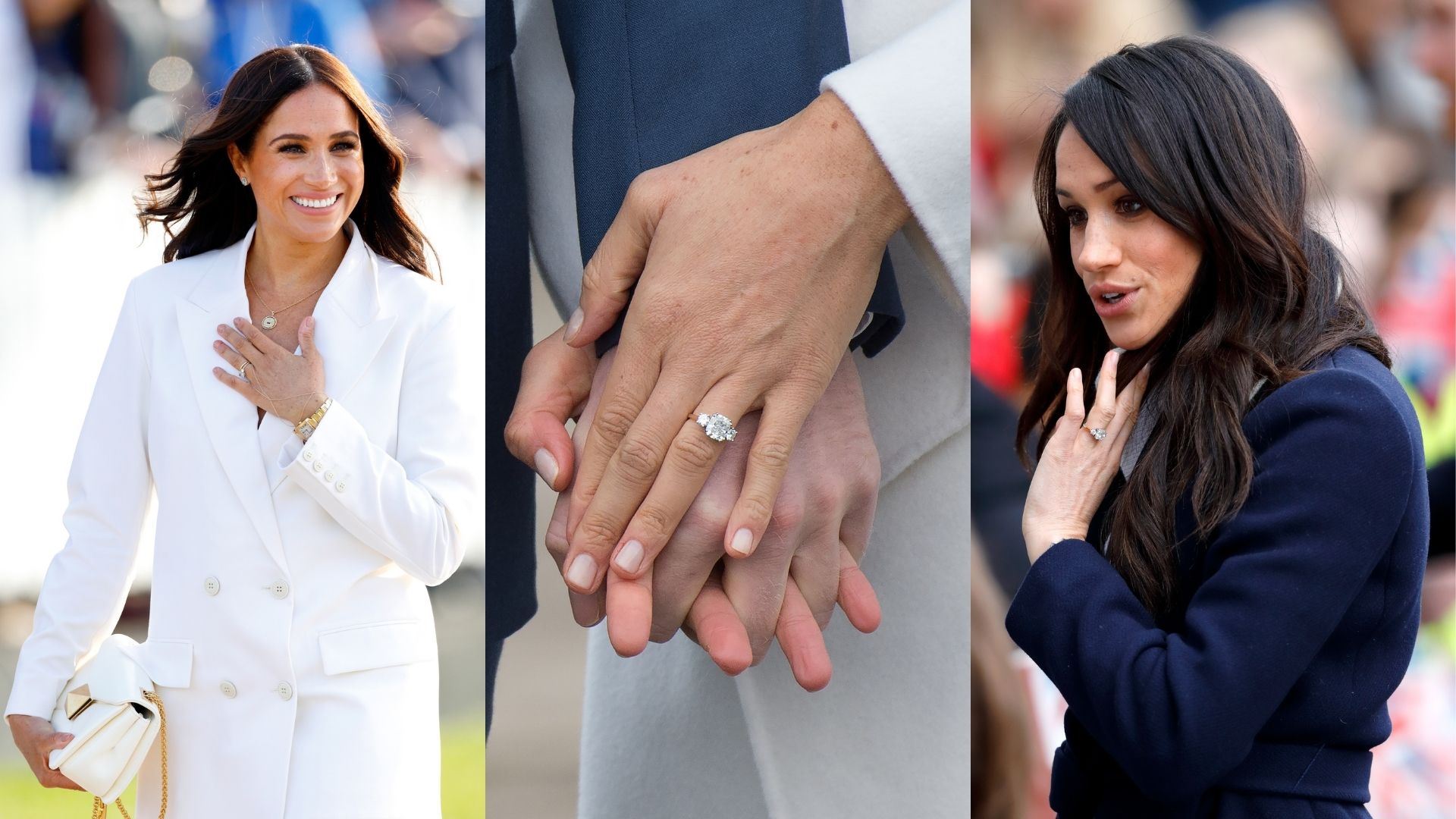Visual Migraine – Symptoms and Visual Disturbances of the Visual Migraine Headache
 Visual migraine is an unusual name for a chronic disease. People are used to hearing or saying a scientific name when referring to a medical case. Accordingly, the terms of the different migraine types give a clue to its believed nature, source or cause.
Visual migraine is an unusual name for a chronic disease. People are used to hearing or saying a scientific name when referring to a medical case. Accordingly, the terms of the different migraine types give a clue to its believed nature, source or cause.
Visual migraine is also known as eye migraine, silent migraine, acephalgic migraine, ocular migraine, visual migraine. Experts, however, refer to it as a without-headache migraine. To better unknown it, one needs to understand the normal migraine stages. The initial phase is called a prodrome. It is the time when the attack warnings begin to appear, such confusion, irritability or diarrhea, food cravings and thirst. The next stage is the migraine aura, a time when visual disturbances are felt. During this phase, other manifestations might also arise. These include numbness, tingling sensations, difficulty in moving and slurred speech. The pain then proceeds after this stage that might last up to two days. When this is over, patients will feel tired for 24 hours. Not all migraine patients go through all these four phases during the attack. Migraine may occur without the aura or the headache. Which is what happen with the visual migraine (without the headache).
Like other forms of migraine, visual migraine has its own symptoms set consisting of feeling of euphoria, irritability, confusion, chills, increased urination, fatigue, thirst, food cravings, loss of appetite, vomiting, nausea and diarrhea.
The most obvious visual symptoms are the aura sign that is a visual disturbance which is felt by the patient. He / she sees one of the following: blind spots, dots, flashing lights, jagged or wavy lines. The sufferer may also go through distortions in taste, sound or smell, tingling or numbness sensations in other body parts.
Physicians think that visual migraine is resulted from the abnormal activity of the nerve cell in the brain. Aura caused by the activities’ depression (after overstimulation) of these cells. The activity reduction spreads across the head, starting from the vision center to the sensation and hearing center. This reaction is begun by many events called triggers. The visual headache triggers are: loud noises, bright lights, hormonal changes, certain foods, weather changes, alcohol, caffeine, skipped meals, inadequate sleep and stress.
Moderate or mild attacks of the visual migraine don’t need medications except rest. For more severe symptoms, beta blockers, the beta agonist inhalants such as aspirin are prescribed. Like the other migraine types, the best medication is prevention the natural method.







